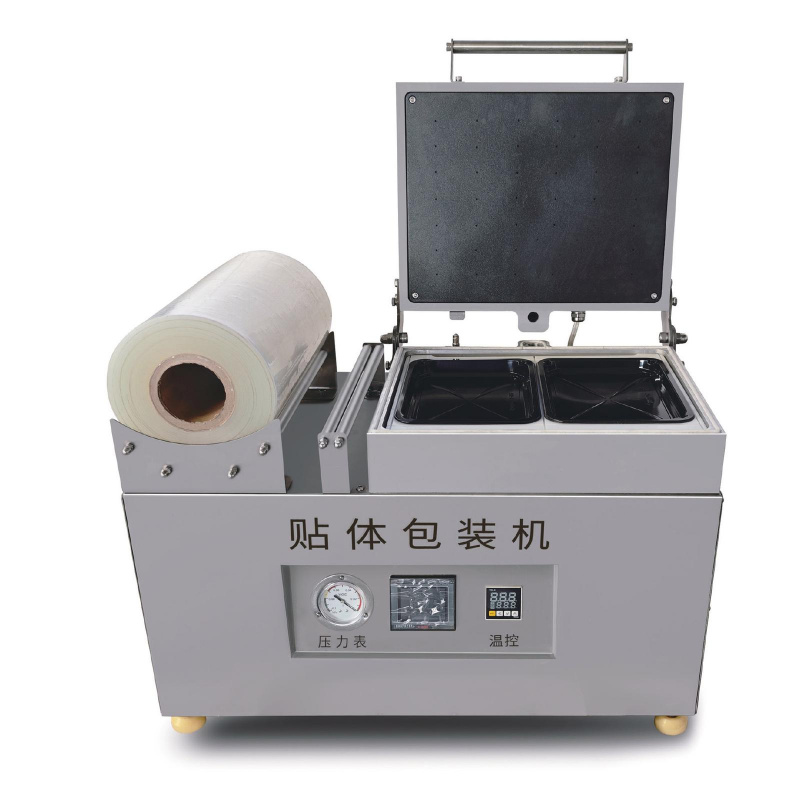Working principle of double-layer water bath sterilizer
Overview:
Steam retort sterilizers appeared relatively early, almost as soon as canned food was introduced.
Steam enters the retort and directly heats the food to the specified sterilization temperature. After maintaining this temperature for a certain period, cooling water is introduced to reduce the temperature through immersion cooling.
Detailed Operating Steps:
01. Load the products and seal the retort door.
02. Exhaust: Steam enters from the bottom of the retort, and all exhaust valves at the top are opened to expel cold air from inside the retort.
03. Heating up: Close the exhaust valve and raise the temperature inside the retort to the specified sterilization temperature.
04. Holding Temperature: Continue introducing steam into the retort to maintain the sterilization temperature for the required duration.
05. Cooling down: Cool the retort by introducing cold water starting from the bottom.
Disadvantages:
Most steam retorts have been replaced by water-immersion sterilizers because cold air is a poor conductor of heat. Before sterilization in a steam retort, all cold air must be expelled from the chamber, usually by using hot steam to push it out. Therefore, a large amount of steam is wasted.Whether all the cold air has truly been removed from the retort is difficult to verify effectively and cannot be quantified. In practice, empirical values are used — for example, venting for 7 minutes until the internal temperature reaches 105°C, or venting for 5 minutes until it reaches 107°C.
If producing tinplate canned goods, minor back-suction may occur due to pressure fluctuations within the retort. As a result, canning companies often add sodium hypochlorite to the cooling water and monitor its residual chlorine content. Stainless steel is sensitive to chloride ions, which may reduce its service life.
Want to learn more? Click below:
02. Four Key Factors of Sterilization







